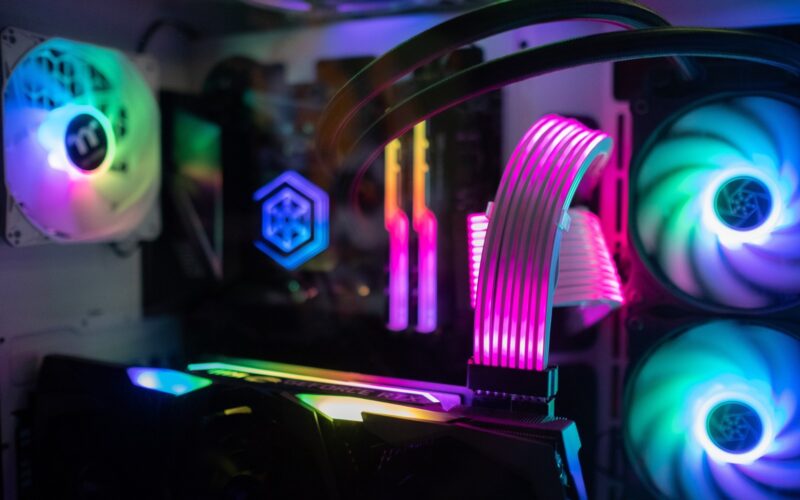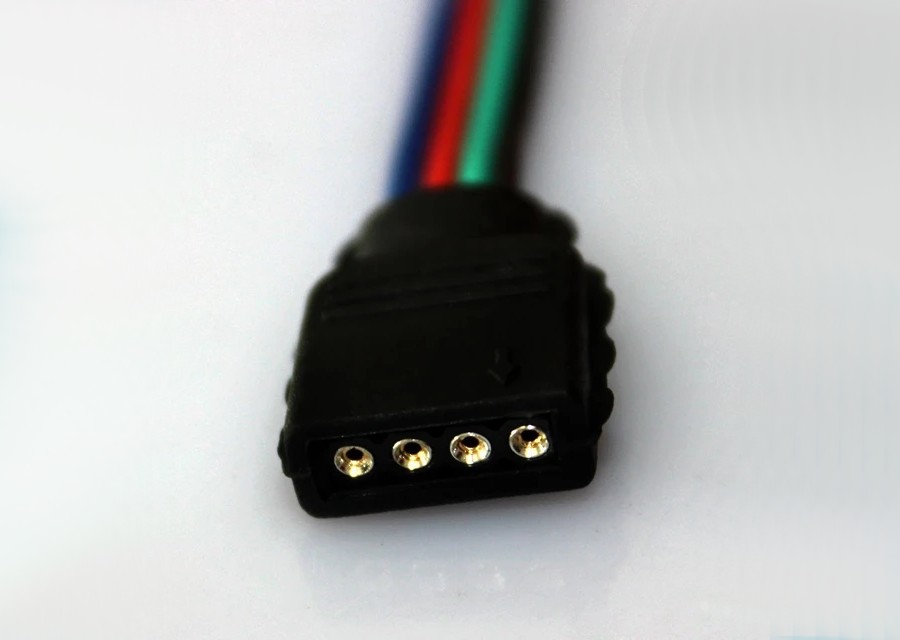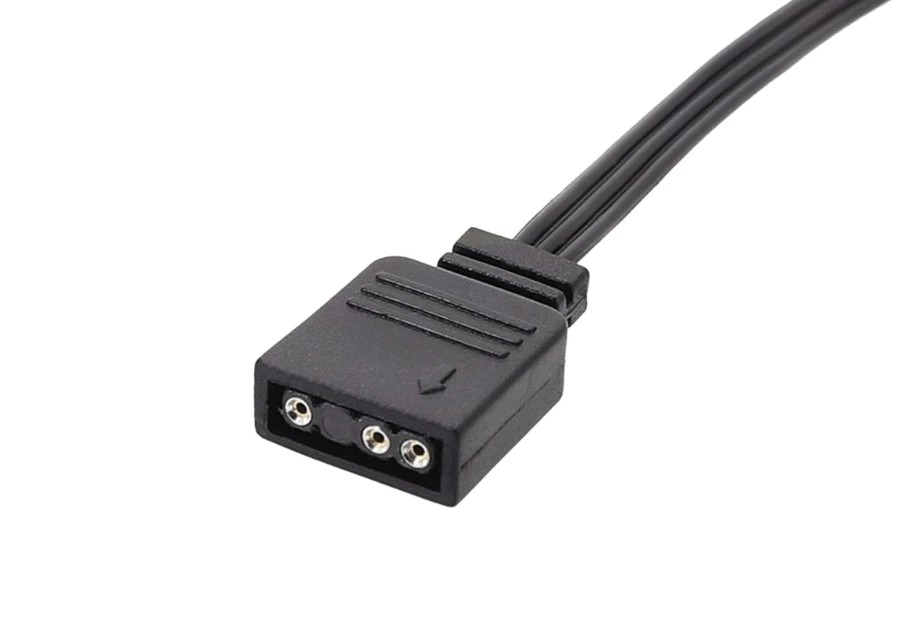RGB vs. ARGB: Understanding the Differences in Your PC’s Lighting
RGB vs. ARGB: Understanding the Differences in Your PC's Lighting

RGB and ARGB lighting are technologies widely used in PC components, especially in gaming PCs. Items such as fans, LED strips, keyboards and cases nowadays see this type of lighting. Both provide colorful and customizable light effects, but there are important differences between them that may be confusing for some. Next, understand what RGB and ARGB are and their differences.
What is RGB Lighting?
The RGB in RGB lighting stands for red, green and blue. These lights are made up of LEDs in these three colors that, combined, can emit an almost infinite variety of colors – more than 16 million, in fact. RGB lighting is an older technology that works via a 4-pin connector (12V). These days, you can find almost any PC component with built-in RGB lighting, from motherboards and GPUs to air coolers and liquid coolers. Many coolers even come with fully controllable RGB lighting, allowing you to customize the appearance of your RGB components through specific software.
- Control: RGB allows the creation of a wide range of colors by combining the three primary colors (red, green and blue). RGB devices typically use a central controller to adjust color and light effects.
- Connectors: Typically uses 4-pin connectors (12V).

- Effects: Colors and effects are applied uniformly across the entire device. All LEDs on an RGB device display the same color at the same time.
- Examples of Use: Ideal for those who want basic, synchronized lighting throughout the system.
What is ARGB Lighting?
Although RGB lighting has a huge amount of color options, it is limited in one aspect: it can only display a single color at a time. Therefore, any color you create will have to be displayed evenly throughout the device. That’s where ARGB comes in. ARGB is addressable RGB, which means you can control and customize each LED individually. This allows multiples of these 16 million possible colors to be displayed at once, enabling the creation of complex lighting patterns and animations, such as rainbows or pulsating lighting.
-
- Control: ARGB, or Addressable RGB, offers much more granular control. Each LED can be controlled individually, allowing for more complex and dynamic light effects.
- Connectors: Typically uses 3-pin connectors (5V).

- Effects: Allows the creation of advanced effects, such as rainbow waves, light pulses and other effects where each LED can display a different color or change color independently.
Effects: Allows the creation of advanced effects, such as rainbow waves, light pulses and other effects where each LED can display a different color or change color independently. li>
- Examples of Use: Ideal for users who want more advanced and personalized lighting, with complex and detailed effects.
Summing up the difference between ARGB and RGB
Before deciding between RGB and ARGB, it is important to understand the differences and consider the compatibility of their components. Check whether your motherboard and other devices support the connections and controllers required for RGB or ARGB, then look for these differences:
| Feature | RGB | ARGB |
|---|---|---|
| Light Control | Controls all lights at the same time | Individual control of each LED |
| Connectors | 4 pins (12V) | 3 pins (5V) |
| Lighting Effects | Uniform colors across the entire device | Dynamic and complex effects |
| Complexity of Effects | Less complex, static or simple colors | Advanced animations, multiple simultaneous colors |
| Cost | Generally more affordable | Generally more expensive due to customization |
| Usage Examples | Basic and synchronized lighting | Advanced and personalized lighting |
Also, take your budget into account. ARGB technology generally costs more due to its greater customizability and individual control over each LED. If you’re willing to invest a little more for advanced, dynamic lighting effects, ARGB might be the better choice.
Lastly, consider your style preferences. If you like complex, detailed light effects, ARGB offers a wider range of possibilities. However, if simpler, more uniform lighting is sufficient for your needs, RGB may well meet your expectations and be a more economical option.
Which is better, RGB or ARGB?
Choosing between RGB and ARGB depends on your specific needs and the level of customization you want for your hardware. ARGB is a technology with more possibilities, and RGB is for those looking for simpler lighting. So, if you want a more advanced and personalized visual experience, with the ability to create animations and dynamic light effects, ARGB is the best choice.
